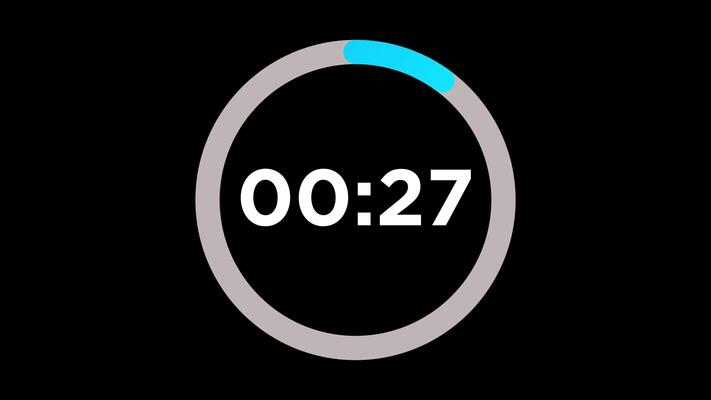In the fast-paced world of digital technology, distractions can be found at every turn and make it difficult to focus. It’s more than just a skill to be able to manage your time, but it’s also a superpower. If you’re in a deep study mode, working remotely or tackling personal tasks, the perfect timer can be your most effective weapon. Enter the Pomodoro timer more than just a time tracker, it’s a powerful productivity enhancer designed to help you work smarter, stay sharp, and get more done with less stress.

The Power of the Pomodoro Technique
The Pomodoro Timer isn’t just a simple clock. It’s a behavior instrument based on scientific principles. Francesco Cirillo developed the “Pomodoros” technique in the 1980s. This technique breaks down work into 25 minute intervals known as “Pomodoros”, with short intervals of rest. This technique mimics the natural rhythm of the brain and allows us to stay concentrated without feeling tired.
Each session is a sprint. Knowing that a break can come within minutes helps you avoid distractions like the internet and endless scrolling. When the timer sounds the alarm will remind you to not only stop but also to recognize your improvement.
Countdown Timers: Staying grounded in the Present
Although a Pomodoro timer helps to structure deep work, a countdown timer adds urgency. When there’s a visible ticking clock that is counting down creating a psychological phenomenon called “temporal scarcity.” In a flash, time becomes more precious. If you’re preparing for a presentation, studying to pass an exam, or even cleaning the house, having a countdown running throughout the day makes you mindful of how you’re spending every second of your time.
Modern online timers often include this feature and offer greater flexibility you can choose the precise time you need, whether you want to set it for five minutes or five hours. Digital timers store your preferences, cycles and even the length of breaks, so they are much more customizable and flexible over traditional timers in the kitchen.
Stopwatch Timers: Measuring Effort Not Just Time
Stopwatch timers fall in the category of time management. Instead of counting down, it measures up and tracks how long the task will take. This can be useful to anyone seeking to improve estimates of time, recognize pattern of work, or even track time-based billable hours.
If you’re a creative professional or developer, or an entrepreneur, a stopwatch can help determine your routines. With time, it gets easier to plan your day with precision and focus.
Smart Online Timers: The Rise of the Smart Online Timer
Online timers offer more than simply clocks. The smart systems in browsers keep track of your settings when you close a tab. With features such as auto-advances between break and work sessions, cycle counts that you can customize, sound notifications, and visual progress rings, they provide an unbeatable user experience.
You can even turn on the “Keep Screen On” mode to ensure that your device doesn’t fall asleep mid-session. If you include keyboard shortcuts such as Space to play/pause, R to reset, and S to skip phases to your workflow, it will be more user-friendly without touching the mouse.
Touch: The Human Touch Planning, Reflecting and Adapting
Timers have only a small impact. When we design our actions around them that the real change takes place. It is helpful to break big goals down into smaller, easier to manage tasks prior to every Pomodoro. After a few cycles, taking a longer break allows your mind to recharge. This can be done by walking, sitting in meditation, or consuming a snack.
After the meeting, think about the number of Pomodoros were completed, what difficulties you experienced as well as any improvement that can be made. This turns a tool into an effective growth strategy.
Conclusion
The timer from the Pomodoro is more than a simple productivity hack it’s a mindset shift. It encourages you to work with intent and taking breaks with mindfulness and helping to build a stronger connection with time. Through breaking down tasks into clear intervals, it can help transform overwhelming to-do lists into easily manageable steps. Being present, finding a rhythm and finishing the day feeling like you’ve made progress is essential than just checking off the tasks.